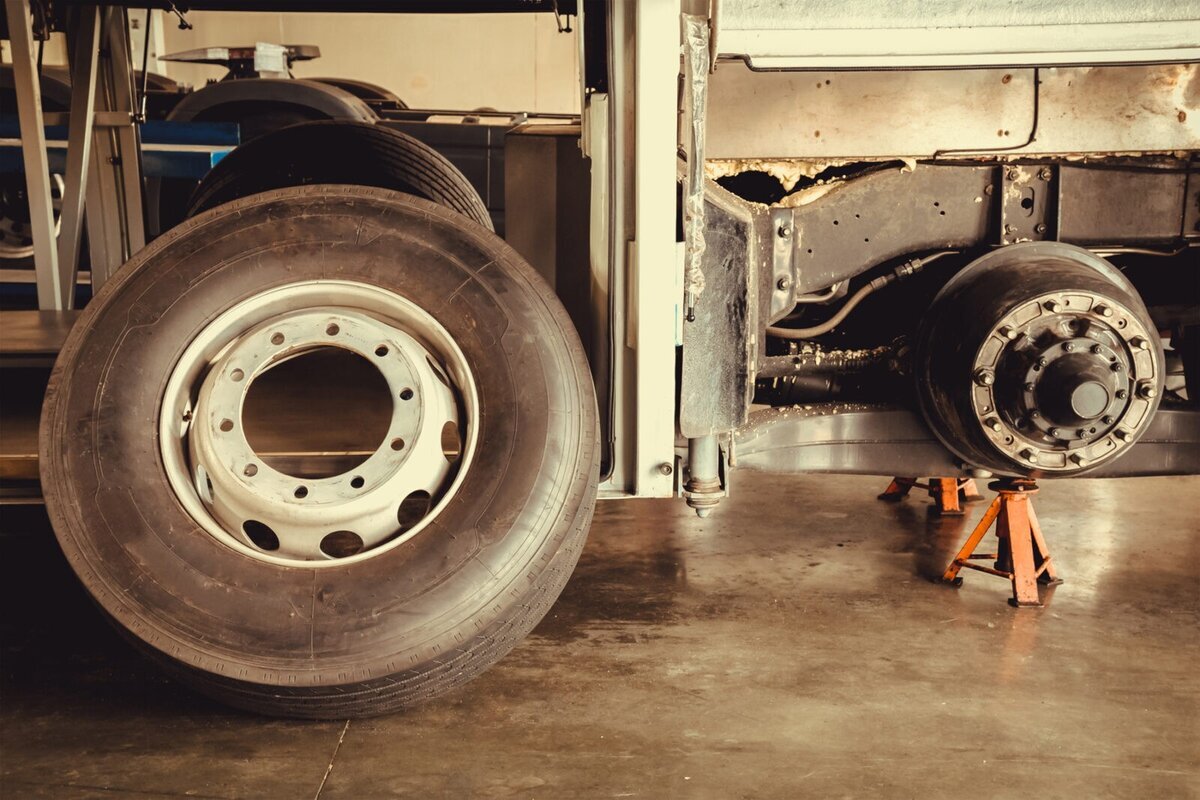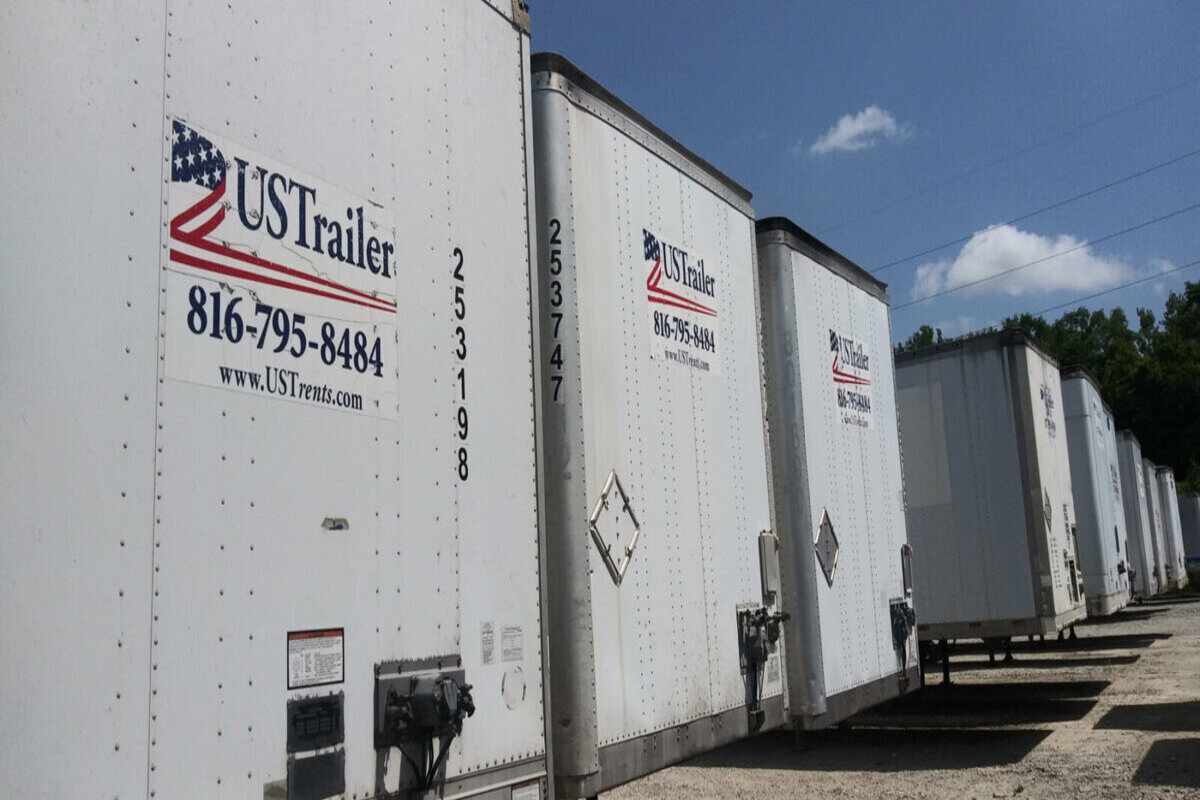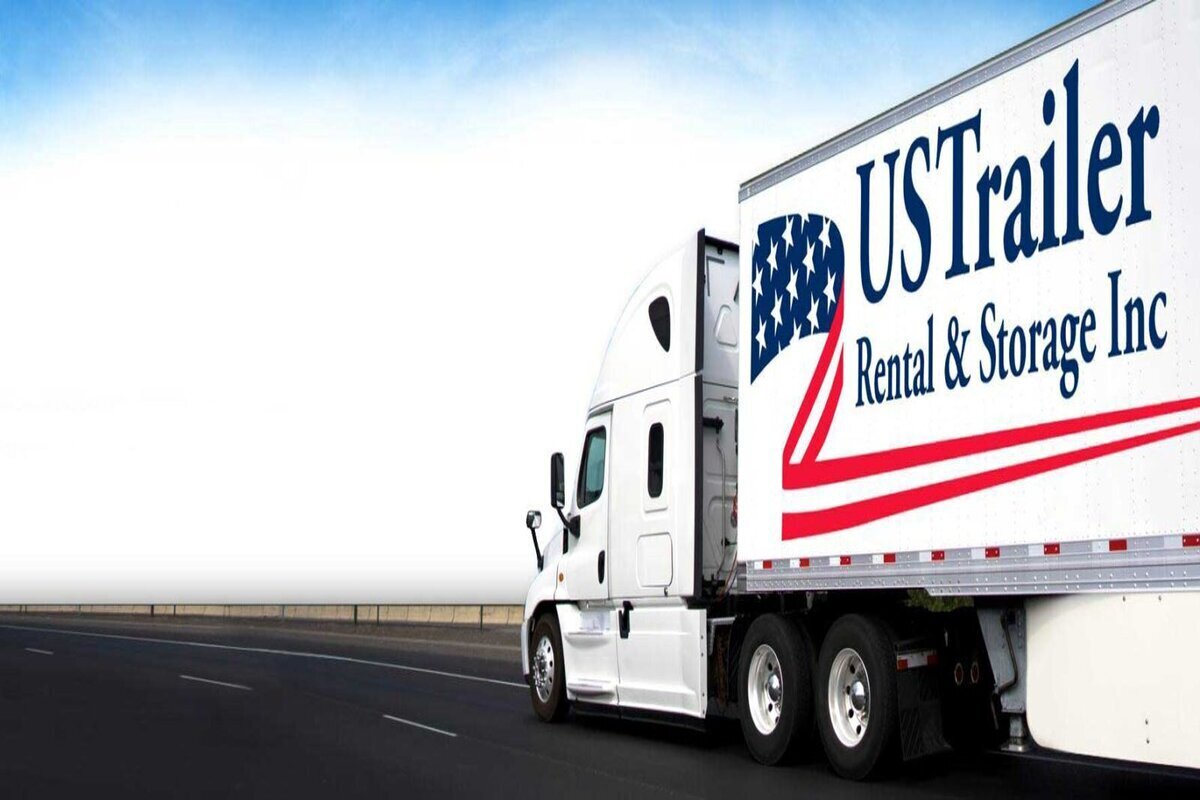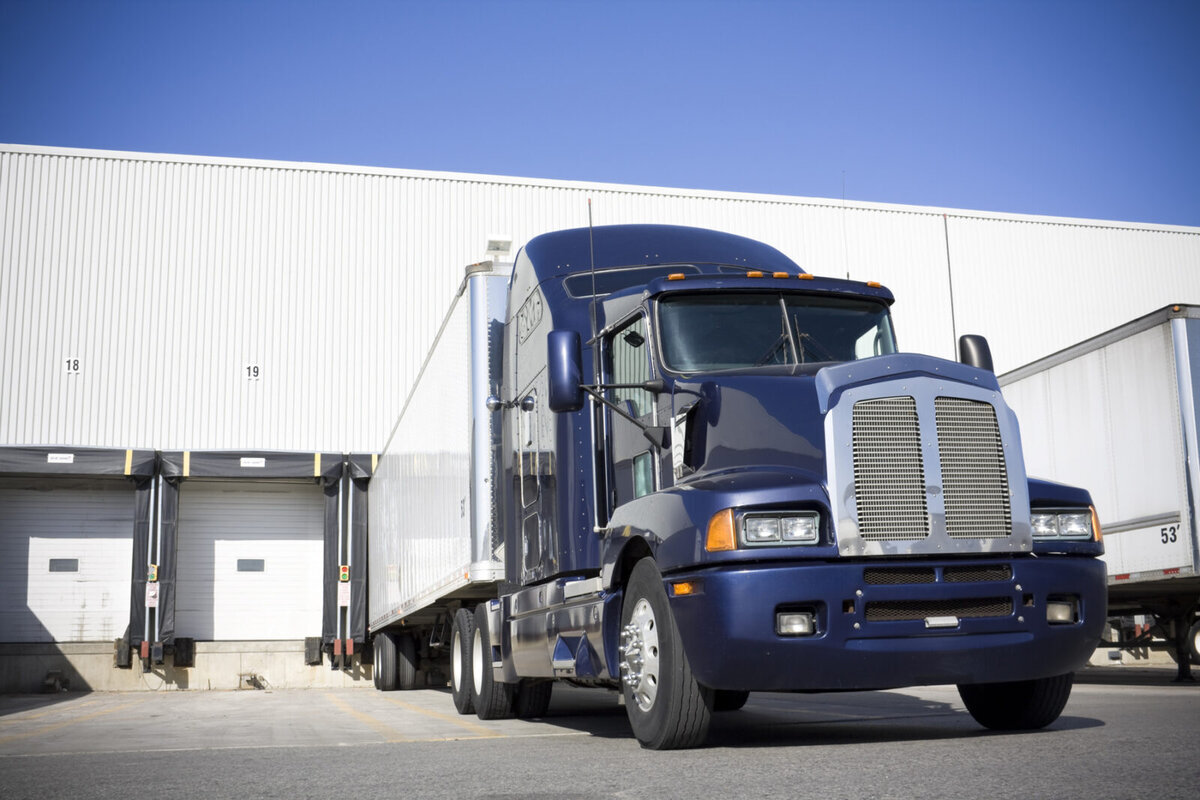The role of weigh stations is pivotal in maintaining road safety and infrastructure integrity by enforcing weight limits for commercial vehicles. When a semi-trailer exceeds these limits, it triggers a series of actions aimed at addressing the violation and mitigating its impacts. This blog post outlines the procedures that follow after an overweight semi-trailer is detected, the consequences for the driver and their company, and strategies to avoid such situations.
Immediate Actions at the Weigh Station
Detection and Verification
The process begins when a semi-trailer is weighed and found to exceed the legal weight limit. The vehicle is directed to a secondary inspection area for a more detailed assessment to confirm the overweight status and determine the excess amount.
Resolution Measures
Upon confirmation, the driver is informed of the violation and given instructions on how to proceed. Typically, the options include offloading the excess weight at the station (if facilities allow) or seeking a nearby location to adjust the load to comply with legal limits.
Consequences of Overloading
Safety Concerns
Overweight vehicles pose significant safety risks, including reduced maneuverability and increased stopping distances. These factors elevate the likelihood of accidents, endangering the driver and other road users.
Legal and Financial Penalties
Violating weight regulations results in fines that escalate with the degree of the offense. Repeated violations can lead to more severe penalties, such as license suspensions or legal action against the company responsible for the load.
Impact on Infrastructure
Excess weight exerts undue stress on road surfaces and bridges, contributing to wear and tear and necessitating costly repairs. This not only affects public funds but also disrupts traffic due to maintenance work.
Preventing Overweight Situations
Accurate Load Planning
Ensuring that cargo weight does not exceed legal limits begins with accurate planning and monitoring. Utilizing certified scales before departure is a reliable method to verify weight and avoid surprises at weigh stations.
Regular Training for Drivers and Loaders
Education on the importance of weight regulations and proper loading techniques is crucial. Training programs can equip personnel with the knowledge and skills to prevent overweight loads effectively.
Investment in Technology
Onboard weighing systems provide real-time data on a vehicle’s weight, allowing for adjustments before reaching a weigh station. This technology can be a valuable tool in maintaining compliance and avoiding violations.
Navigating Weigh Station Stops
Be Prepared
Familiarity with weigh station protocols can streamline the inspection process. Carrying the necessary documentation and knowing the steps to take if a semi-trailer is found to be overweight can reduce stress and delay.
Professional Response to Violations
If a violation is detected, responding professionally and following the instructions provided by weigh station personnel is paramount. Cooperation can facilitate a quicker resolution and potentially mitigate the severity of penalties.
Conclusion
An overweight semi-trailer can lead to a range of consequences, from immediate operational disruptions to long-term legal and financial repercussions. Understanding the implications of overloading and implementing proactive measures to ensure compliance is essential for the safety and efficiency of commercial transportation.
If you’re facing challenges in managing the weight of your semi-trailers or have concerns about compliance with weight regulations, reach out to us. Our team of experts can provide guidance on best practices for load management, advice on the latest weighing technologies, and solutions to ensure that your fleet operates safely and within legal limits.







